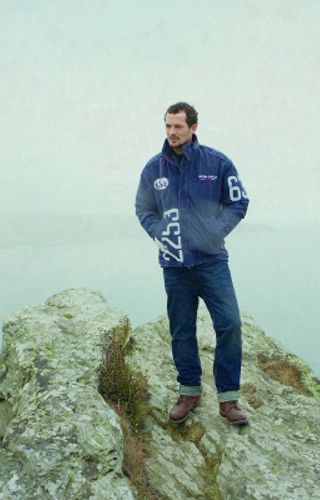The importance of product pages to an e-commerce site should never be underestimated. These pages represent a final ‘push’, a last chance to convince the customer that the product they are considering is right for them. As we all know, visitors are influenced by photography when shopping online, and pictures really do sell. Therefore I wanted highlight key product shots that should be included on the product page.
Show alternative shots
Show multiple product shots on each product page. This will (a) display product benefits, (b) show features and versatility, (c) highlight any USPs and (d) convey a sense of scale. Consider key angles for each product, for example the toe shape for a pair of shoes, the inside of a handbag or the back of a jacket. It’s important to understand the needs of customers during their decision-making process; multiple product shots show customers that an ecommerce site is working hard to address these needs, with the aim of making their buying decision as easy and straightforward as possible. Visit Nike.com for great examples of alternative product shots.
On-the-body
On fashion websites it has now become the norm to show items on a model as well as flat or on a mannequin. Show on-the-body shots to aid size and fit (stating the model’s height and garment size for reference in each case). It is also worth deciding whether or not to show the full shot of the model or to crop out their face. The latter is in fact cheaper, but you need to consider whether this is the look you want for your brand. Visit Atterley for examples of on the body shots.
Show details
Show close-up detail shots, especially if selling premium quality items, to draw users’ attention to key features such as fabric weave, special features, branding or other detailing. See an example above from Bang &Olufen. These shots are an effective way to communicate the unique qualities of any products that may be difficult to describe with copy. In addition, where brand values focus on qualities like heritage, craftsmanship or tradition, detail shots can also help to convey a sense of these values.
Show in natural environment
Alongside studio shots, you should also consider lifestyle photography. If you are selling a waterproof coat, for example, show it being worn outdoors in the rain; if it’s a running shorts, show it on a runner pounding through the countryside (see an example above from my sports brand of the moment, Tracksmith who excel and using fantastic lifestyle photography through out their website). Lifestyle shots are equally as important as studio shots because they show the product in use, helping to create desire for the product and telling the brand story. In short – as their name suggests - they sell a lifestyle.
